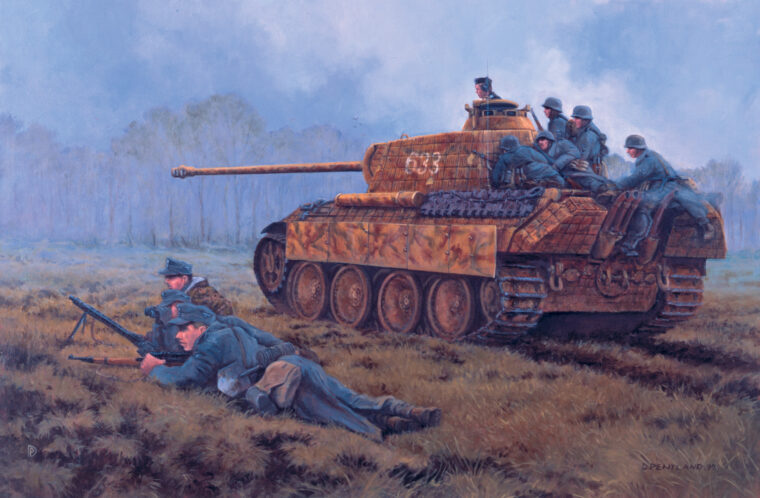
U.S. Navy
Waffen SS General Felix Steiner’s WWII Legacy
By Pat McTaggart“Where is Steiner?” Adolf Hitler demanded as his Thousand Year Reich crumbled around him in April 1945. “Is he attacking yet?” Read more

U.S. Navy
“Where is Steiner?” Adolf Hitler demanded as his Thousand Year Reich crumbled around him in April 1945. “Is he attacking yet?” Read more
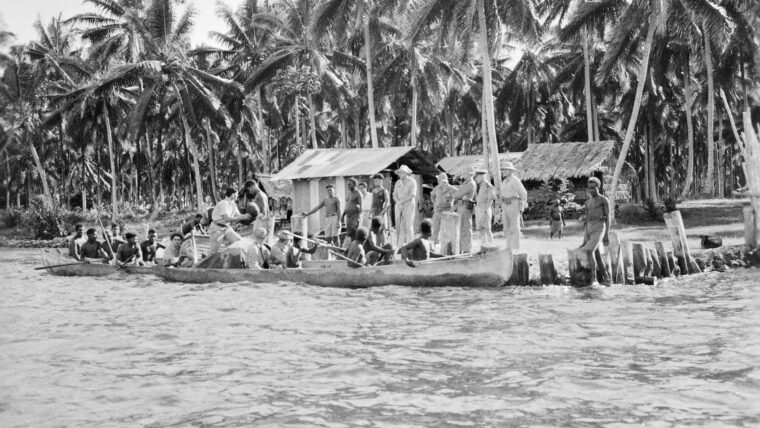
U.S. Navy
Two weeks after Pearl Harbor, coast watcher Cornelius Page, a plantation manager on Tabar Island 20 miles north of New Ireland in the South Pacific, reported by teleradio that Japanese planes were making reconnaissance flights over New Ireland and New Britain. Read more
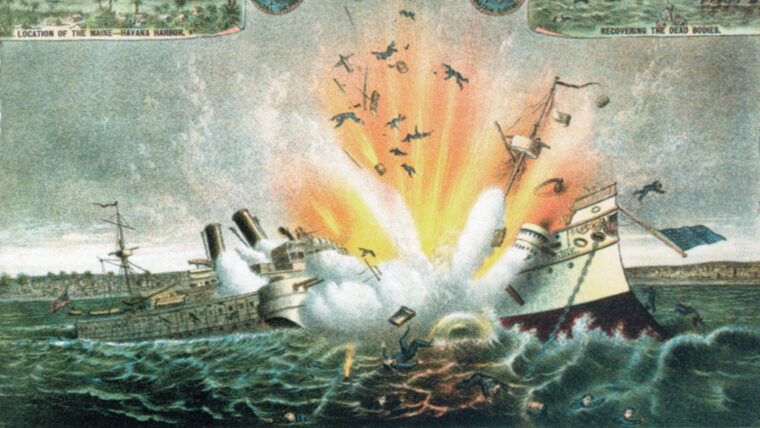
U.S. Navy
Darkness had settled over the harbor, the lights along the shoreline casting a faint glow on the murky harbor water. Read more
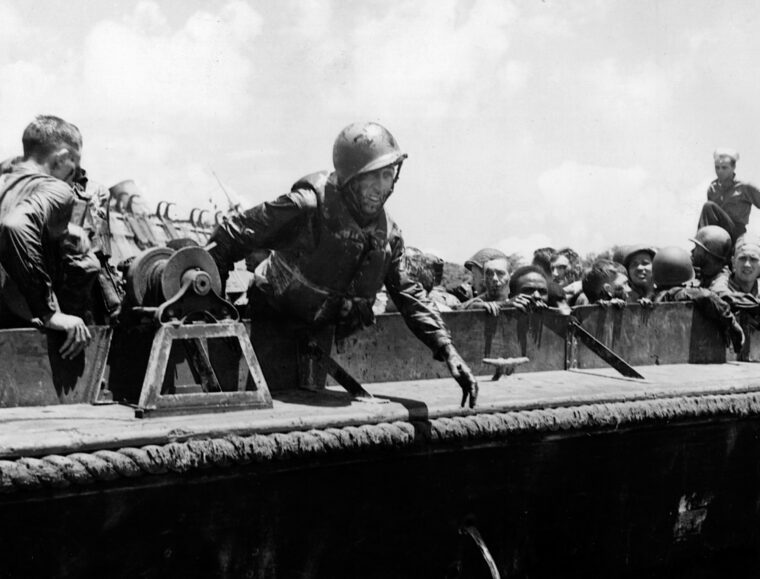
U.S. Navy
It was supposed to be a routine delivery of soldiers to the battlefields of Guadalcanal—but nothing in war is ever routine. Read more
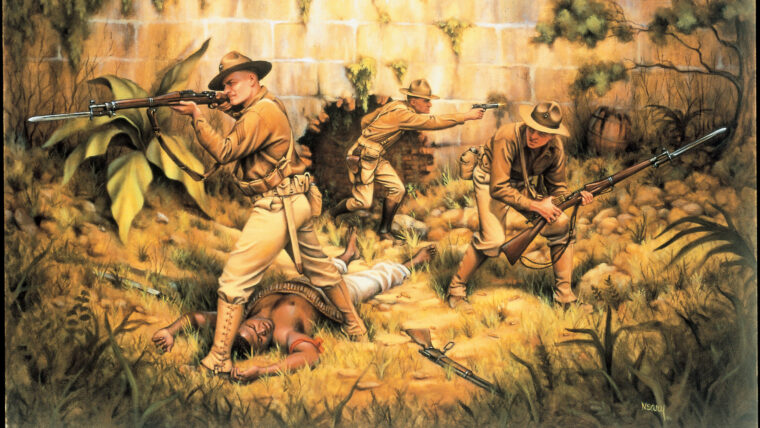
U.S. Navy
The annals of the United States Marine Corps are filled with the names of mavericks known not only for their fighting skills, but for their offbeat personalities as well. Read more
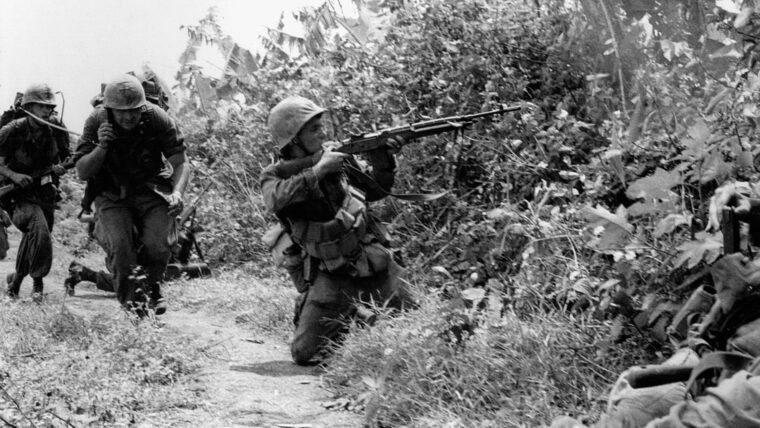
U.S. Navy
Lieutenant General Lewis Walt was not a happy man. The burly III Marine Amphibious Force commander had just been ordered by Commanding General William C. Read more

U.S. Navy
When Private Clarence Garrett of the 28th Regiment, 5th Division, United States Marine Corps, clung to the loose black volcanic sand on the sloping beach of Iwo Jima on Feburary 19, 1945, he probably had no idea that his photograph was being taken. Read more
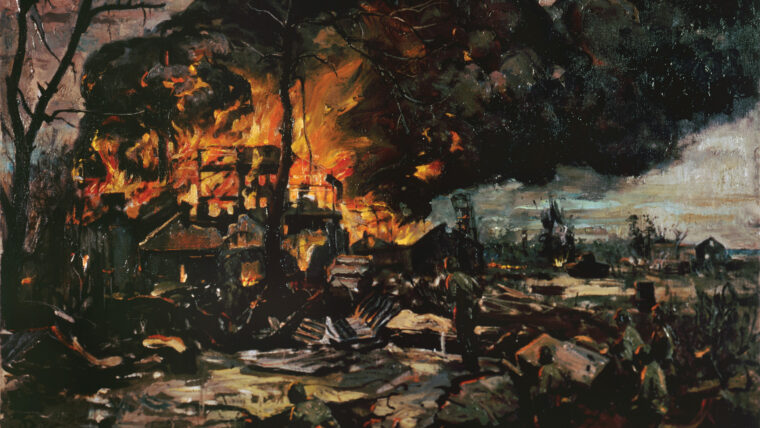
U.S. Navy
On June 10, 1944, as his troop transport churned through the Pacific toward the Japanese-held island of Saipan, Pharmacist’s Mate First Class Stan Bowen wrote a letter to his sweetheart, Marge McCann. Read more

U.S. Navy
In the latter part of the 19th century, Germany’s young Kaiser, Wilhelm II, was anxious to play Weltpolitik (global politics) and expand his country’s influence beyond the borders of Europe, where Germany was already an acknowledged power player. Read more
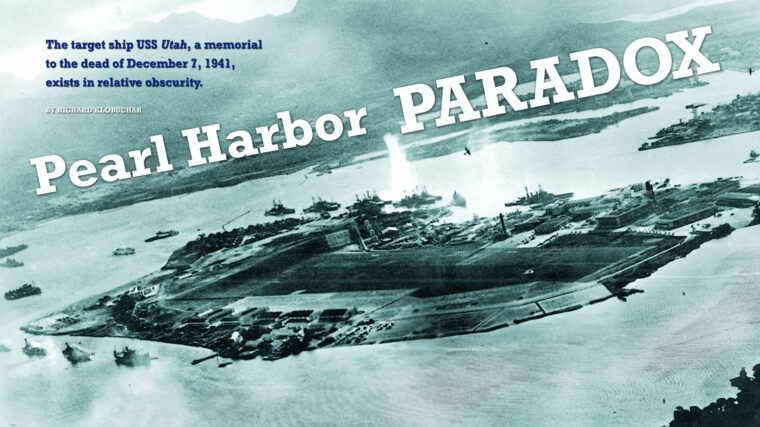
U.S. Navy
Very few among the throngs of visitors to Pearl Harbor on the island of Oahu are aware of an anomaly, but it definitely exists in the case of the USS Utah. Read more
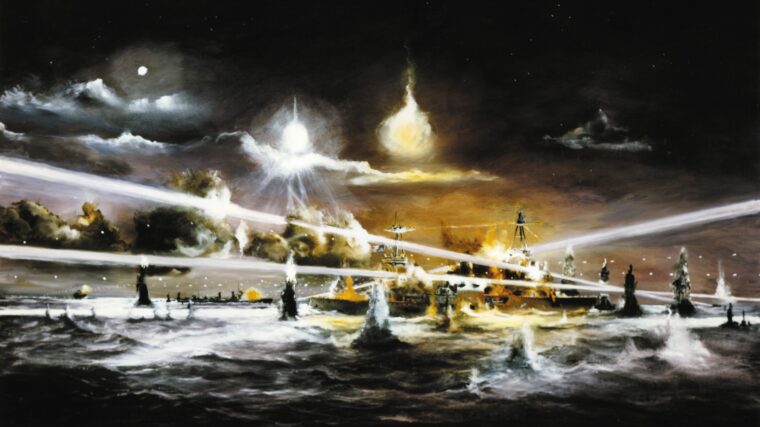
U.S. Navy
When Howard Brooks joined the United States Navy in 1939, the 20-year-old farm boy from Tennessee had no idea that he was going to experience one of the most harrowing adventures of World War II. Read more
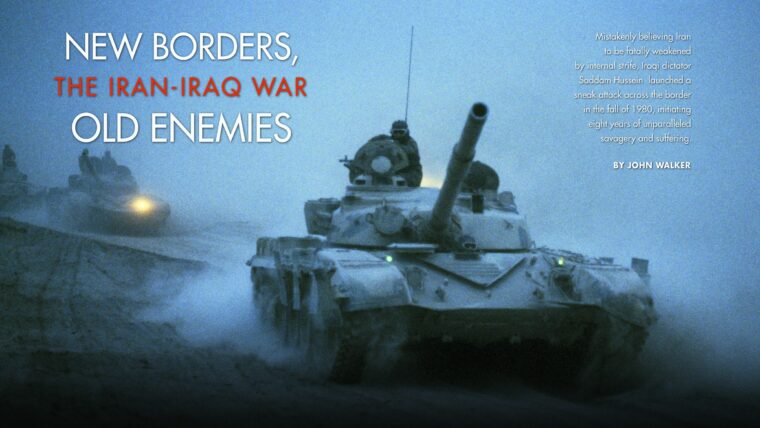
U.S. Navy
The world awoke to ominous news on September 22, 1980. Iraqi despot Saddam Hussein had launched a massive armored and air attack across the Iraq-Iran border. Read more
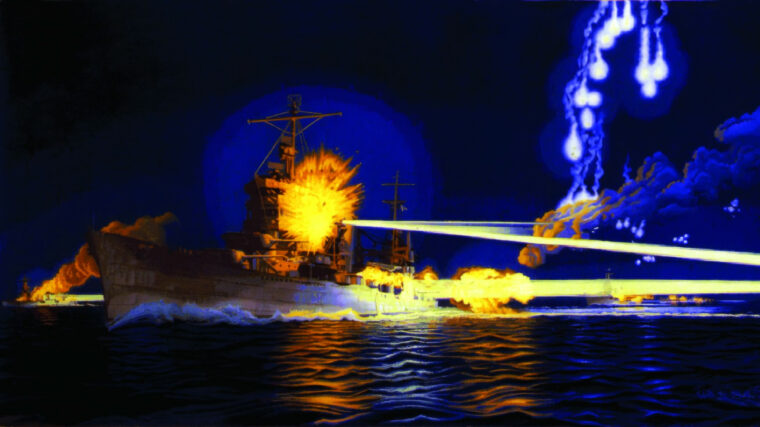
U.S. Navy
November 13, 1942, was a Friday, which sailors aboard the cruiser USS San Francisco noted with anxiety. Read more
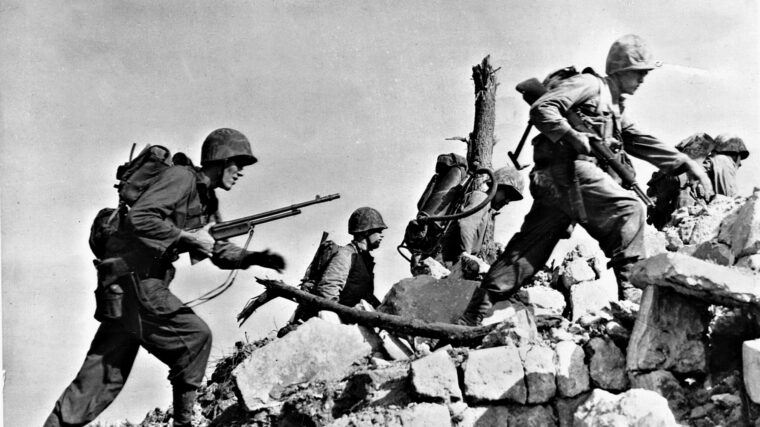
U.S. Navy
On Easter morning, April 1, 1945, the Pacific island of Okinawa trembled beneath an earthshaking bombardment from American combat aircraft overhead and ships steaming offshore in preparation for an amphibious landing of unprecedented magnitude. Read more
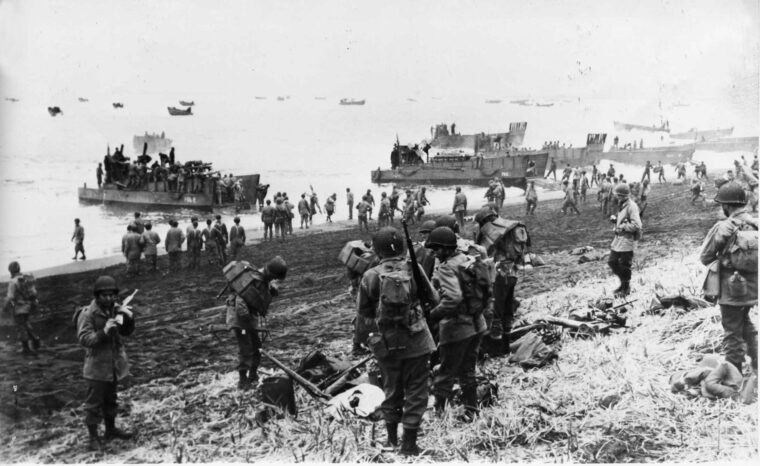
U.S. Navy
For decades Americans have been spoiled by the instant coverage of war in the media. Read more
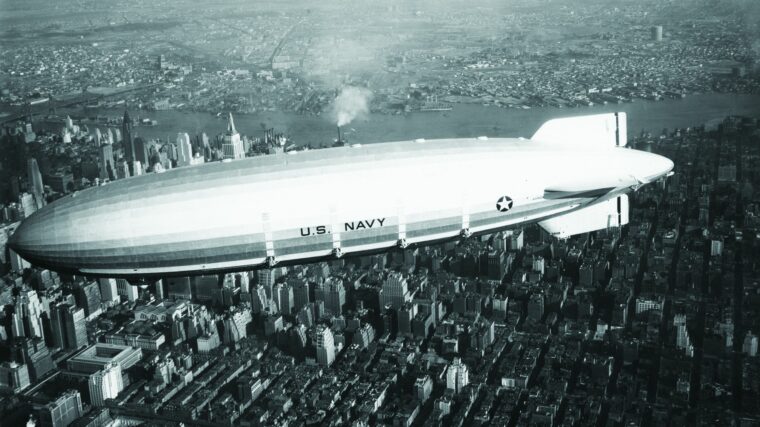
U.S. Navy
It is sometimes difficult to understand just how immature aviation was in the 1920s and 1930s. Everything about flying was new. Read more
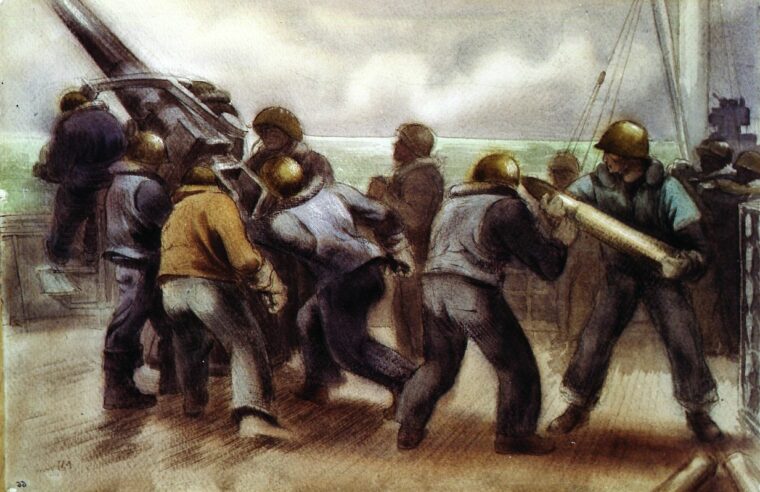
U.S. Navy
They have been called “the other Navy,” the “Navy’s stepchildren,” and perhaps most fittingly, “the forgotten Navy.” Officially, however, they were the Naval Armed Guard or more simply the Armed Guard (AG). Read more
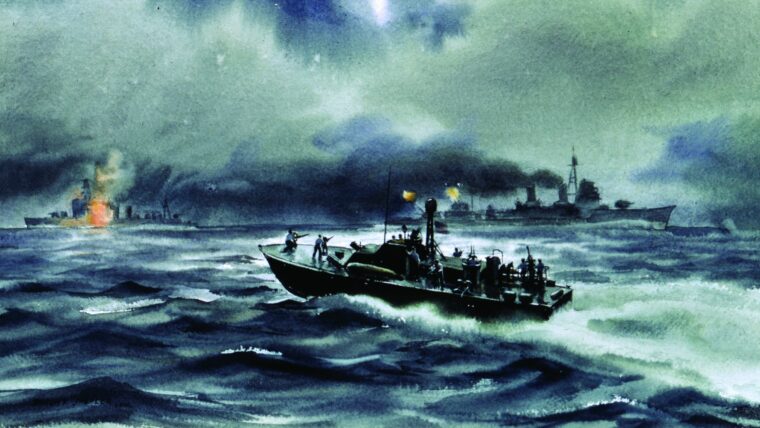
U.S. Navy
At 2:43 pm on October 24, 1944, one day before the Battle of Surigao Strait, Rear Admiral Jesse B. Read more
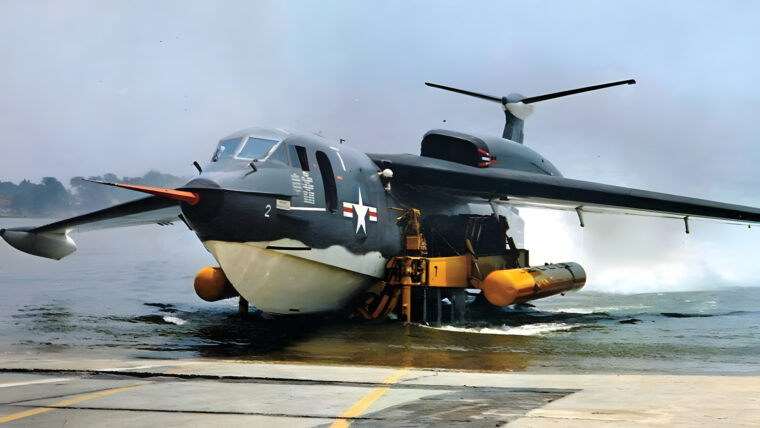
U.S. Navy
The first few years after World War II were challenging ones for the U.S. Navy. Massive demobilization of personnel and rapid scrapping or retirement of ships created internal disruptions. Read more
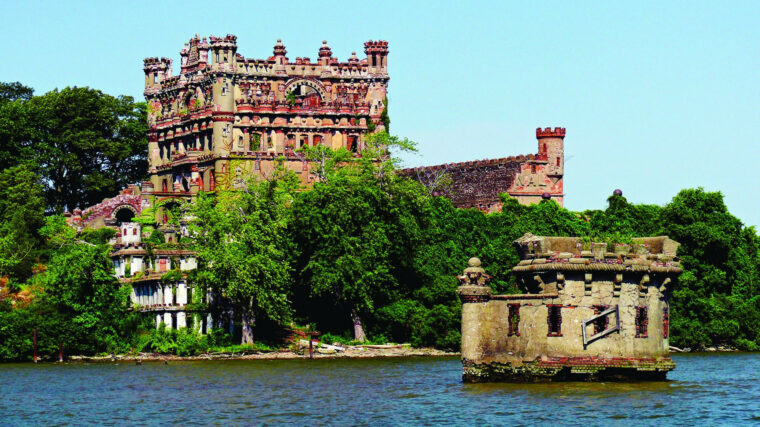
U.S. Navy
In central New York, 50 miles north of New York City on the Hudson River, is a small spit of land known as Bannerman Island. Read more